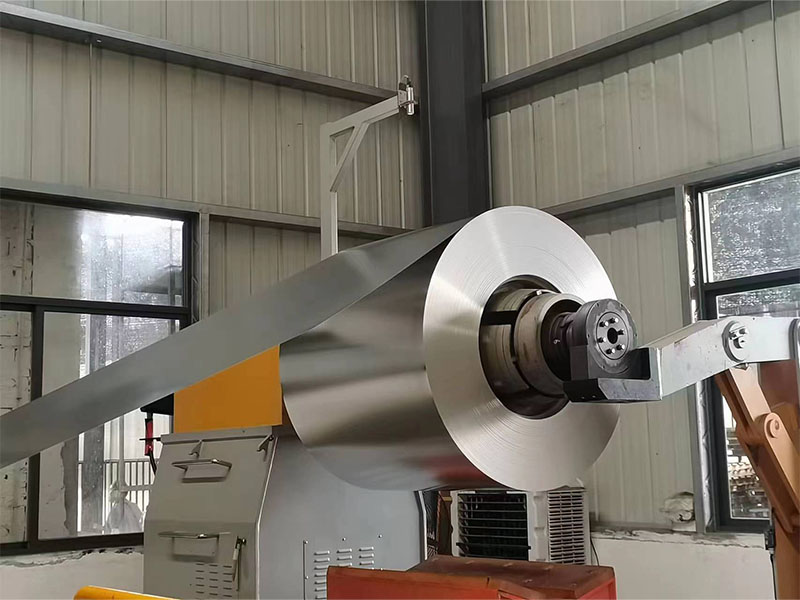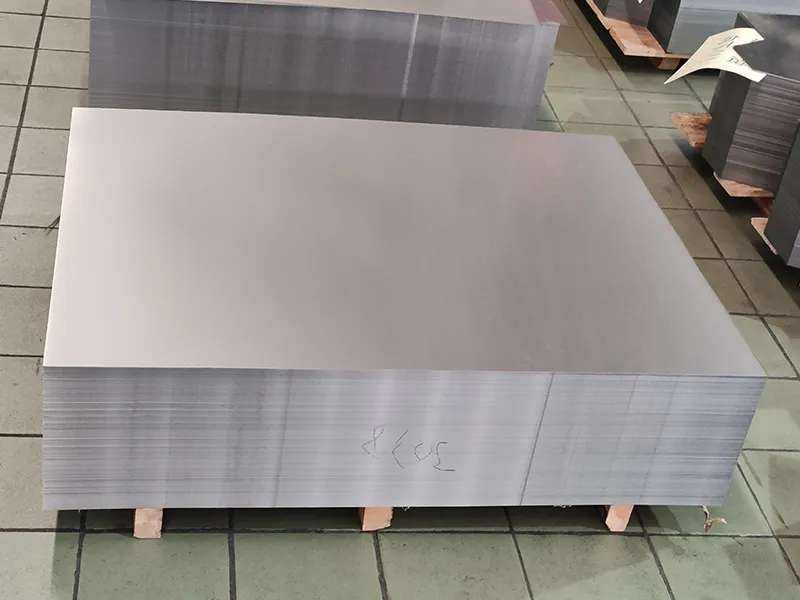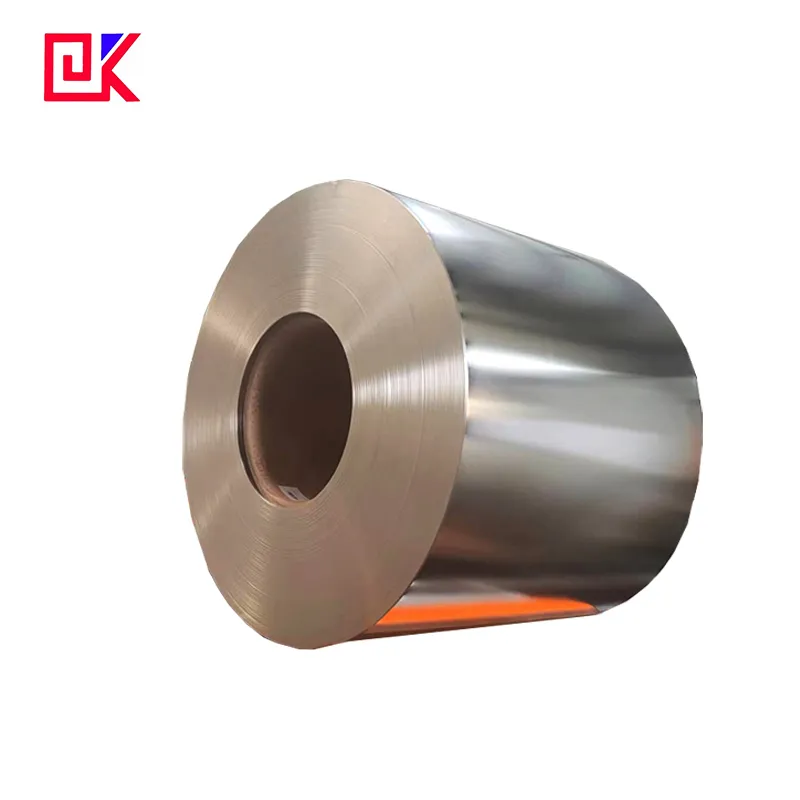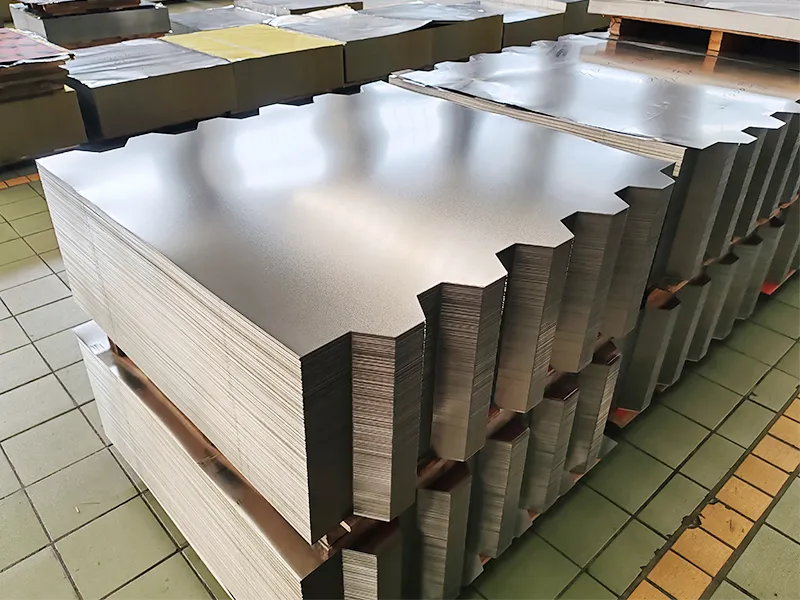As an important metal packaging material, tinplate sheet is widely used in many fields such as food, beverages, and cosmetics. It not only has good physical strength, but also provides strong corrosion resistance, which makes tinplate sheet the preferred material for many consumer product packaging. With the increasing requirements of the pharmaceutical packaging industry for safety, durability, and appearance, whether tinplate sheet is suitable for pharmaceutical packaging has become a concern for industry insiders.
Can tinplate sheet printing meet the strict requirements of pharmaceutical packaging? How does it perform in pharmaceutical packaging? The answers to these questions involve the characteristics of tinplate sheet materials, the application of printing processes, and the unique needs of pharmaceutical packaging. This article will explore in depth whether tinplate sheet printing is suitable for pharmaceutical packaging, analyze its advantages and disadvantages, applicability, and potential challenges.

Why can tinplate sheet become an important material in the packaging field?
1. What are the characteristics of tinplate sheet?
Tinplate sheet is a metal material made of low-carbon steel through a tinning process. Its main characteristics are excellent corrosion resistance, good ductility, and strong mechanical strength. These characteristics make tinplate sheet widely used in food packaging, beverage packaging and other consumer goods packaging. The tin layer on the surface of tinplate sheet can effectively prevent the influence of external factors such as moisture and oxygen on the contents of the package, thereby extending its shelf life.
In addition, the surface of tinplate sheet is smooth, which can well carry the printed pattern, and the printing effect is clear and exquisite. This is extremely important for packaging that focuses on appearance and brand image. Therefore, tinplate sheet has become an indispensable material in many consumer product packaging.
2. What are the advantages of tinplate sheet in pharmaceutical packaging?
For pharmaceutical packaging, safety is the primary consideration. The packaging of drugs needs to have multiple functions such as moisture-proof, anti-oxidation, anti-ultraviolet and physical protection to ensure the quality and safety of drugs. Tinplate sheet has natural advantages in these aspects. First, the tin layer of tinplate sheet can effectively isolate oxygen and moisture, which is crucial for the preservation of drugs. Secondly, the sturdy structure of tinplate sheet can prevent physical damage to drugs during transportation.
Another major advantage of tinplate sheet is its high hygiene standards. In pharmaceutical packaging, any external source of contamination may pose a threat to the safety of drugs. The surface of tinplate sheet can maintain a high degree of hygiene and is not easily contaminated by microorganisms such as bacteria and mold, thus providing good protection for drugs.

Is tinplate sheet printing suitable for drug packaging?
1. Does the printing of tinplate sheet match the needs of drug packaging?
The surface of tinplate sheet is suitable for various printing processes, including offset printing and screen printing. These printing technologies can print various patterns, texts and symbols on the surface of tinplate sheet, providing appearance design and identification functions for drug packaging. However, drug packaging has more stringent requirements on printing quality.
Drug packaging not only requires exquisite printing patterns and bright colors, but also must ensure that the printed materials do not contain substances harmful to the human body. Printing inks and coatings must comply with food and drug safety standards to ensure that they will not migrate or contaminate drugs during transportation and storage. At the same time, labels, instructions, etc. on drug packaging must have clear and wear-resistant printing effects to ensure that consumers can clearly read the use information of drugs.
2. What is the importance of the selection of printing inks for drug packaging?
The selection of printing inks on drug packaging is crucial. Since pharmaceutical packaging is in direct contact with pharmaceuticals, especially some pharmaceuticals that need to be stored for a long time, the chemical components contained in the ink must meet safety standards. If the ink contains volatile organic compounds (VOCs) or other harmful substances, it may have an adverse effect on the quality of the pharmaceuticals and even cause harm to the health of consumers. Therefore, when using tinplate sheets for pharmaceutical packaging, it is necessary to choose safe inks designed specifically for pharmaceutical packaging.
At present, many tinplate sheet manufacturers have developed environmentally friendly inks that meet food and drug safety standards, avoiding harmful substances that may exist in traditional inks. Such inks can not only provide clear and high-quality printing effects, but also effectively avoid negative effects on pharmaceutical safety.

What are the challenges of tinplate sheet printing in pharmaceutical packaging?
1. Can it meet the protection requirements of pharmaceutical packaging?
Although tinplate sheets have good corrosion resistance and physical protection functions, pharmaceutical packaging requires extremely high sealing and protection performance, especially for some drugs that need to avoid light, moisture, and oxygen. For example, some light-sensitive drugs require strict light protection, and traditional tinplate cans may not fully meet this demand due to the reflective nature of metal materials. Therefore, in pharmaceutical packaging, the printing and coating design of tinplate sheets needs to be more refined to improve their UV resistance and sealing.
2. Is the production and printing cost of tinplate sheets too high?
Pharmaceutical packaging usually needs to meet strict quality standards, which means that additional inspections, tests and higher quality materials are required during the production and printing of tinplate sheets. These additional requirements make the cost of pharmaceutical packaging relatively high. Therefore, for some mid- and low-end pharmaceutical manufacturers, tinplate sheets may not be the most cost-effective option.
However, for high-end drugs or drugs that require special protection (such as vaccines, injections, etc.), the advantages of tinplate sheets often offset their high costs. Whether in terms of protection, durability or brand image building, tinplate sheets can provide additional value for pharmaceutical packaging.
Can tinplate sheets completely replace other materials for pharmaceutical packaging?
1. What are the advantages of tinplate sheets compared to plastic packaging?
Compared with common plastic packaging, tinplate sheets have obvious advantages in physical protection. Tinplate sheet can effectively block external light, moisture and oxygen to prevent the deterioration of drug ingredients. Although plastic packaging is light and easy to process, its protectiveness is weak, especially for some drugs that require stringent environmental conditions, plastic may not provide sufficient protection.
In addition, tinplate sheet has higher rigidity, which can prevent the packaging from being squeezed or hit during transportation. For fragile or sensitive drugs to temperature and humidity changes, tinplate sheet is undoubtedly a more ideal choice.
2. How is tinplate sheet different from glass bottles?
Glass bottles are traditional pharmaceutical packaging materials and are widely used in pharmaceuticals, beverages and other fields. Compared with glass bottles, tinplate sheets have obvious advantages in drop resistance, weight and transportation costs. Tinplate packaging is light and strong, which can effectively reduce the risk of damage during transportation, while glass bottles are easy to break and have higher transportation costs.
However, glass bottles have poor light transmittance, and for some light-sensitive drugs, glass bottles may provide better protection. Tinplate sheets are highly reflective and may require additional coating treatment for UV protection.

Situated in Foshan, China, Foshan Dekai Metal Packaging Co., Ltd. offers a comprehensive range of metal packaging services, from tinplate printing to aerosol can production. Our facility is equipped with state-of-the-art FUJI UV printing lines and automated systems, allowing us to handle large-scale orders efficiently. We specialize in creating customized packaging designs for wholesale buyers, ensuring top-tier quality at affordable prices. Partner with us for promotional deals, competitive quotes, and a reliable supply chain tailored to your needs.

